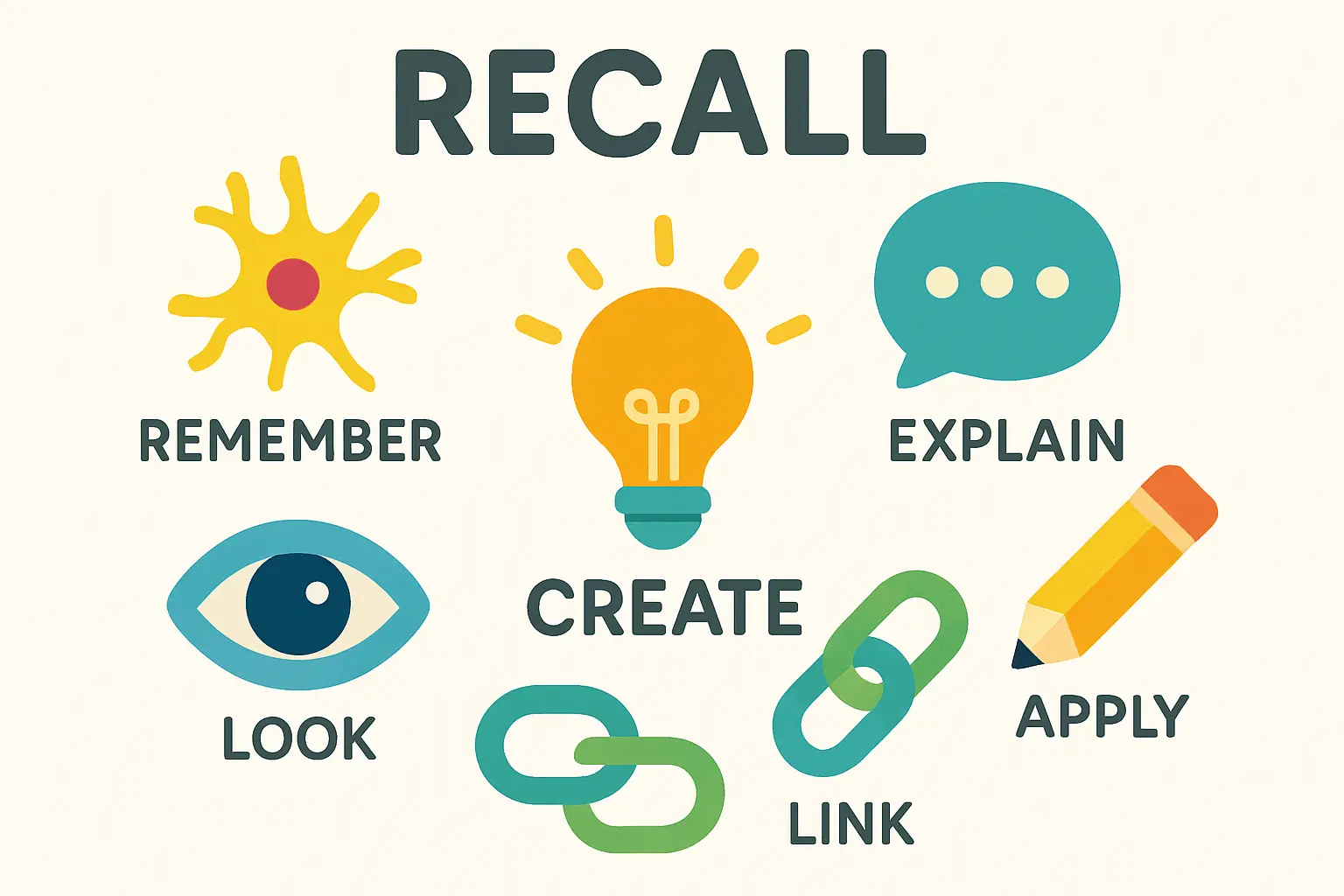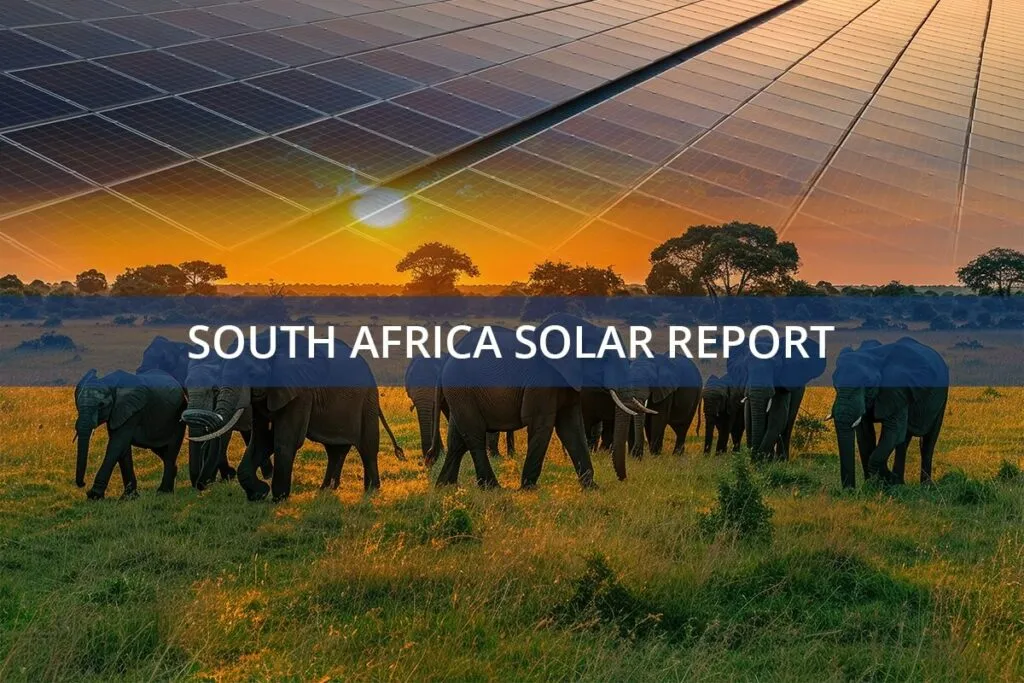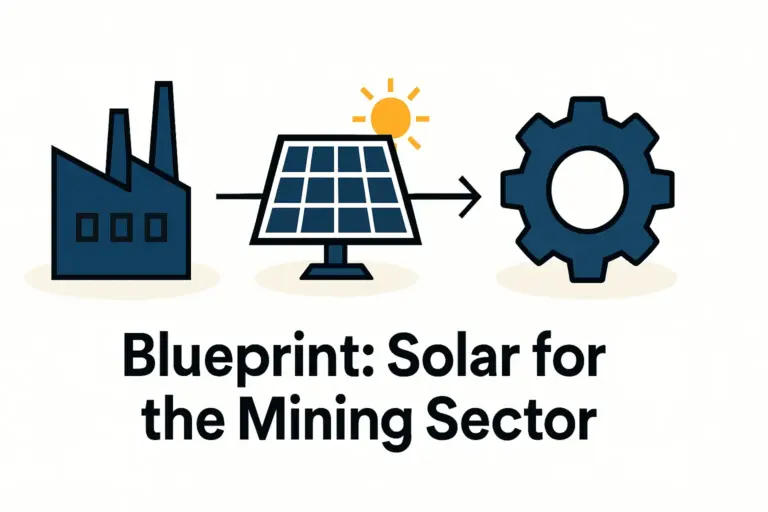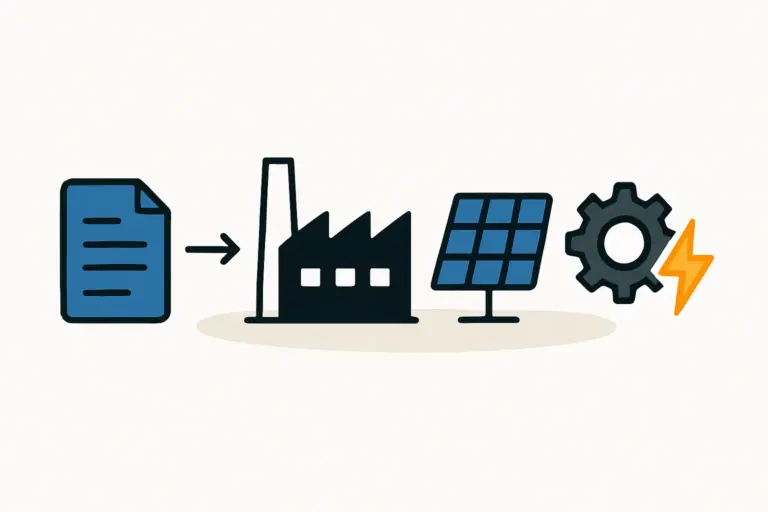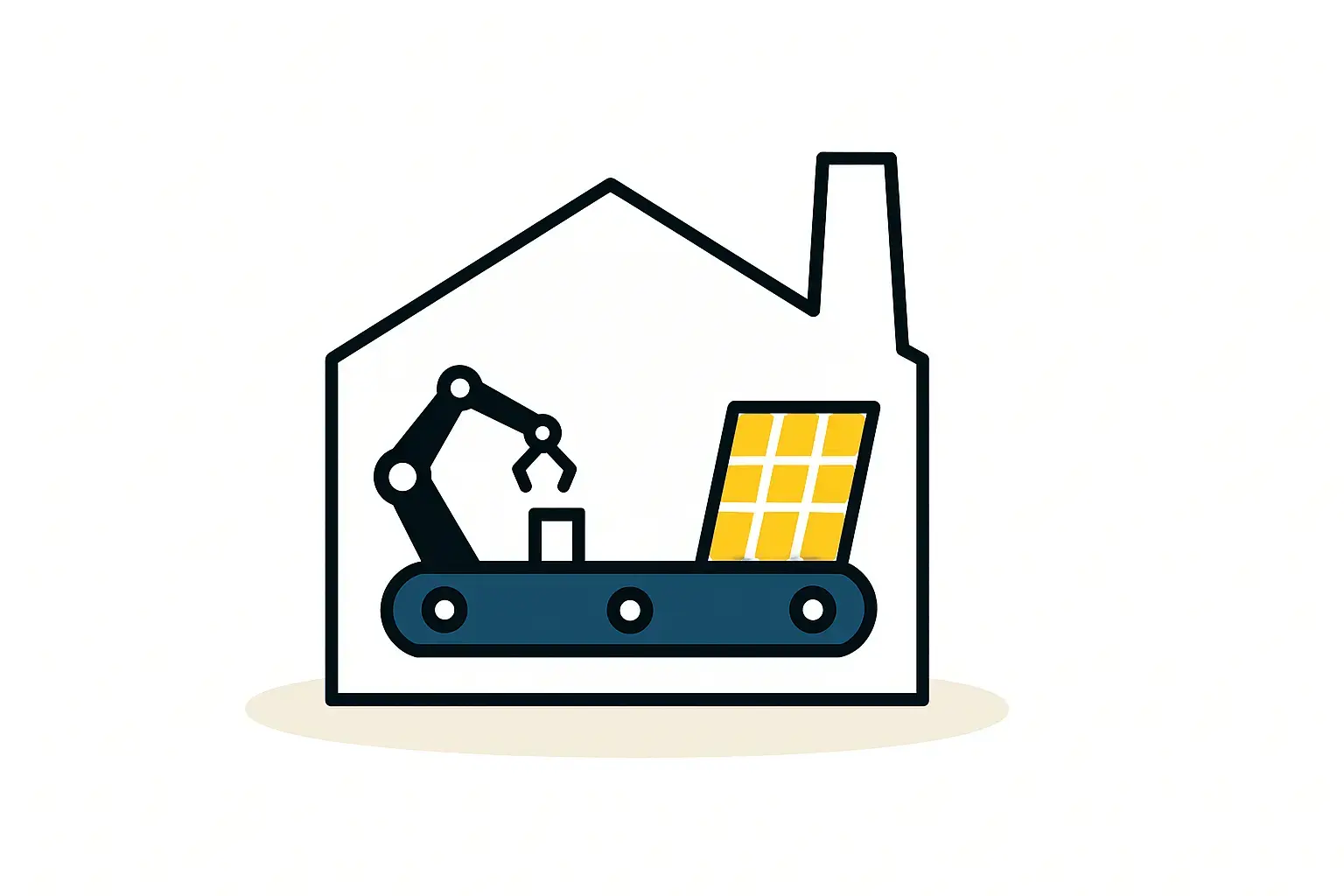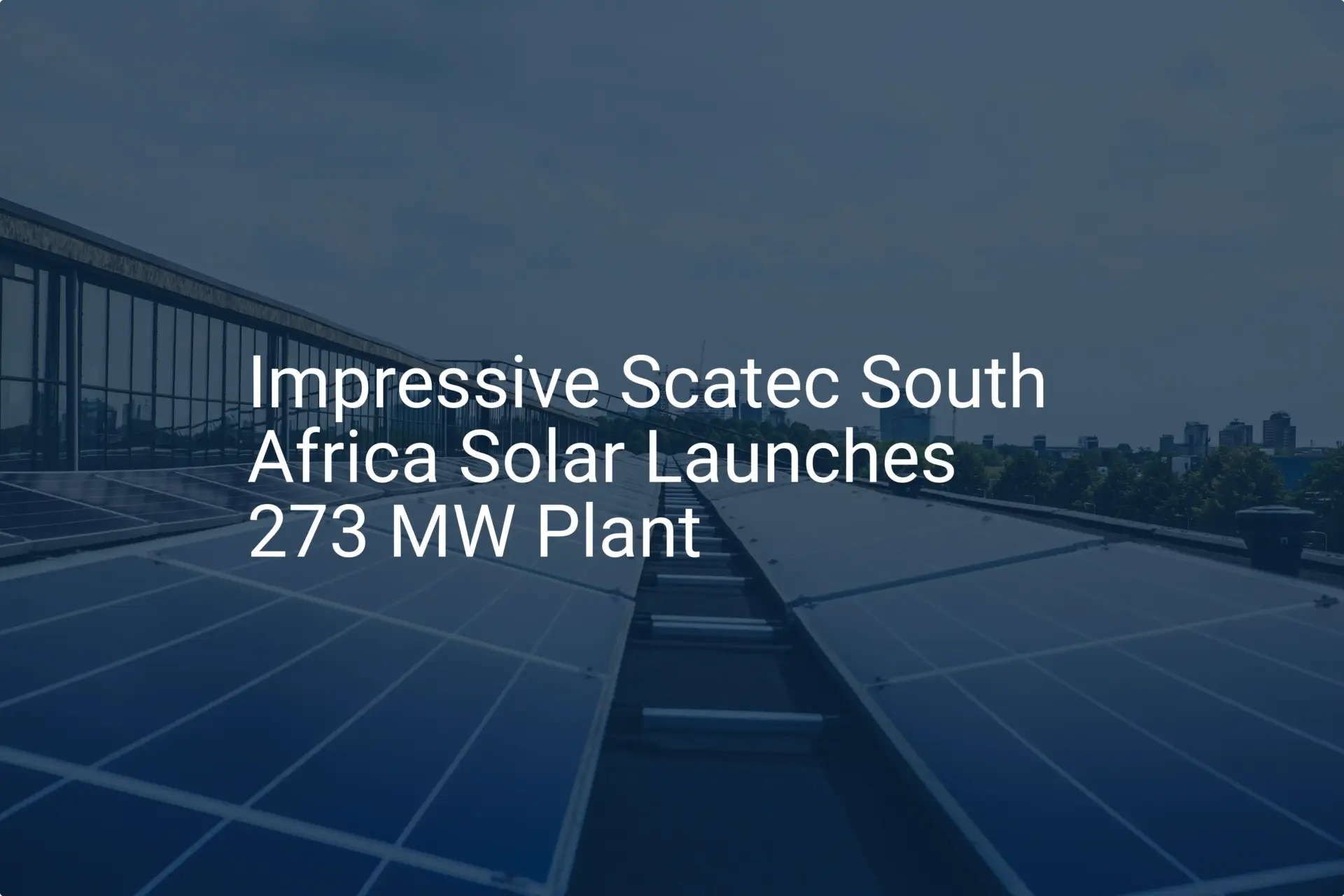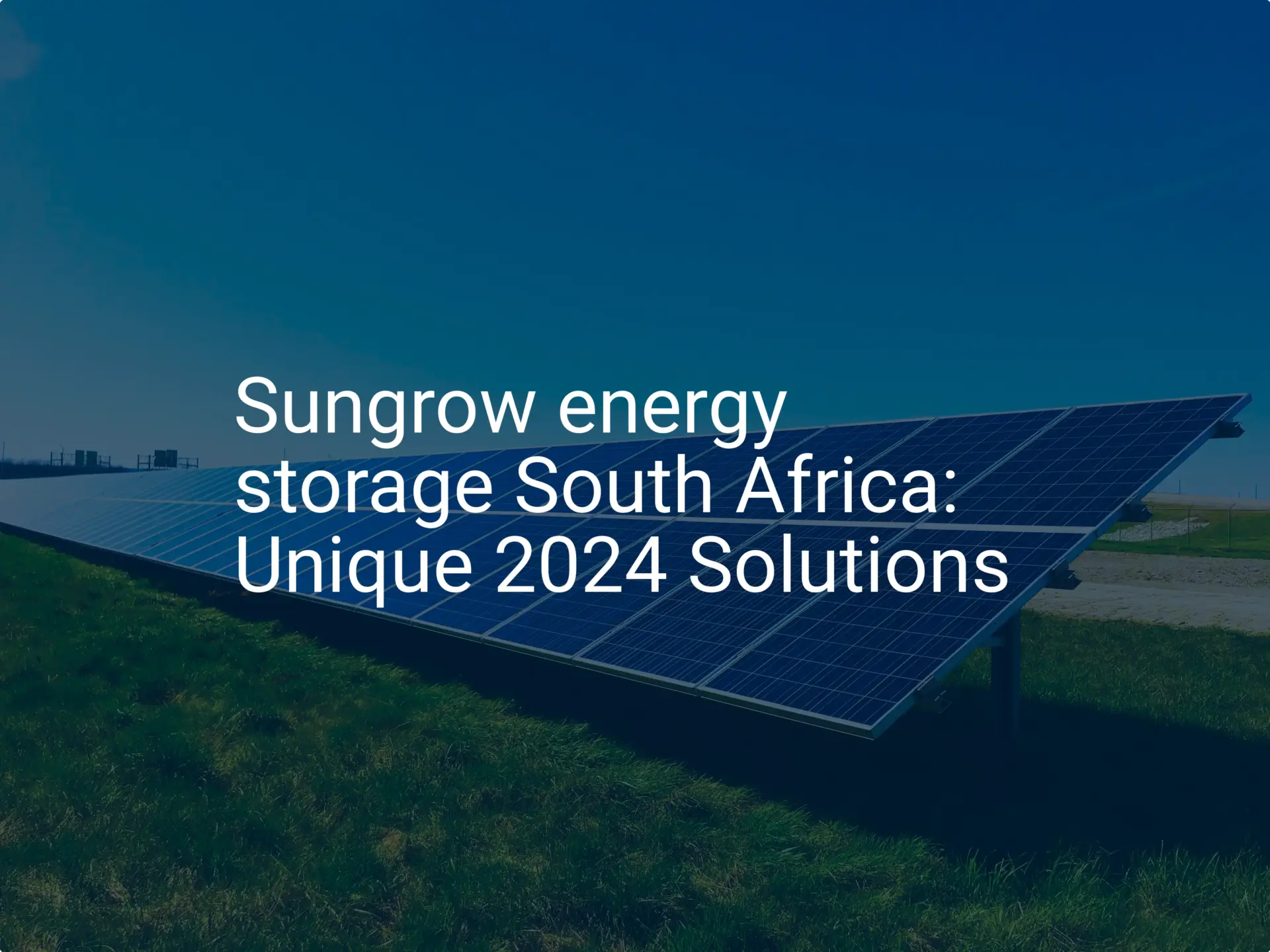Sourcing Raw Materials for Solar Assembly: SADC vs. International Imports
An entrepreneur planning a solar module assembly plant in Southern Africa faces a critical strategic decision: where to source the raw materials. The factory layout is complete, financing is secured, and the team is ready. The final piece is the bill of materials—from glass and aluminum frames to solar cells and junction boxes.
Is it more prudent to rely on established international supply chains from Asia or to cultivate regional suppliers within the Southern African Development Community (SADC)? This decision extends far beyond simple unit cost; it has significant implications for logistics, lead times, budgets, and alignment with national industrial policies. This analysis explores the trade-offs of each approach to provide a framework for making an informed sourcing decision.
The Global Supply Chain: A Necessary Reality for Core Components
For any new solar module assembly operation in the SADC region, complete reliance on local sourcing is not yet feasible. Certain high-technology components are manufactured in only a handful of locations globally, making a well-managed international import strategy essential.
The primary materials that must typically be imported include:
- Silicon Solar Cells: The functional heart of a solar module, these wafers are the product of an extremely capital-intensive and specialized manufacturing process. At present, there is no commercial-scale solar cell production within the SADC region. The market is dominated by suppliers in China, Vietnam, and Malaysia.
- Encapsulant (EVA or POE): This specialized polymer film (Ethylene Vinyl Acetate or Polyolefin Elastomer) is crucial for bonding the module’s layers and protecting the cells from moisture and physical stress. Like solar cells, its production is concentrated in Asia and Europe, with no known commercial producers in Southern Africa.
- Backsheet or Rear-Side Glass: A module’s protective backing is either a specialized multi-layer polymer film (e.g., Tedlar, PVDF) or a second sheet of tempered glass. Their supply chains are international, reflecting their status as high-performance materials engineered for decades of weather resistance.
For these critical items, the question is not if to import, but how to do so efficiently. Success means managing international freight, customs clearance, and currency exchange risks.
Identifying Local Opportunities within SADC
While core components must be imported, a significant opportunity exists to source other, bulkier materials from within the SADC region. A strategic approach here can deliver substantial cost and logistical advantages. The SADC Industrialisation Strategy (2015-2063) actively encourages such value chain development, creating a favorable environment for regional procurement.
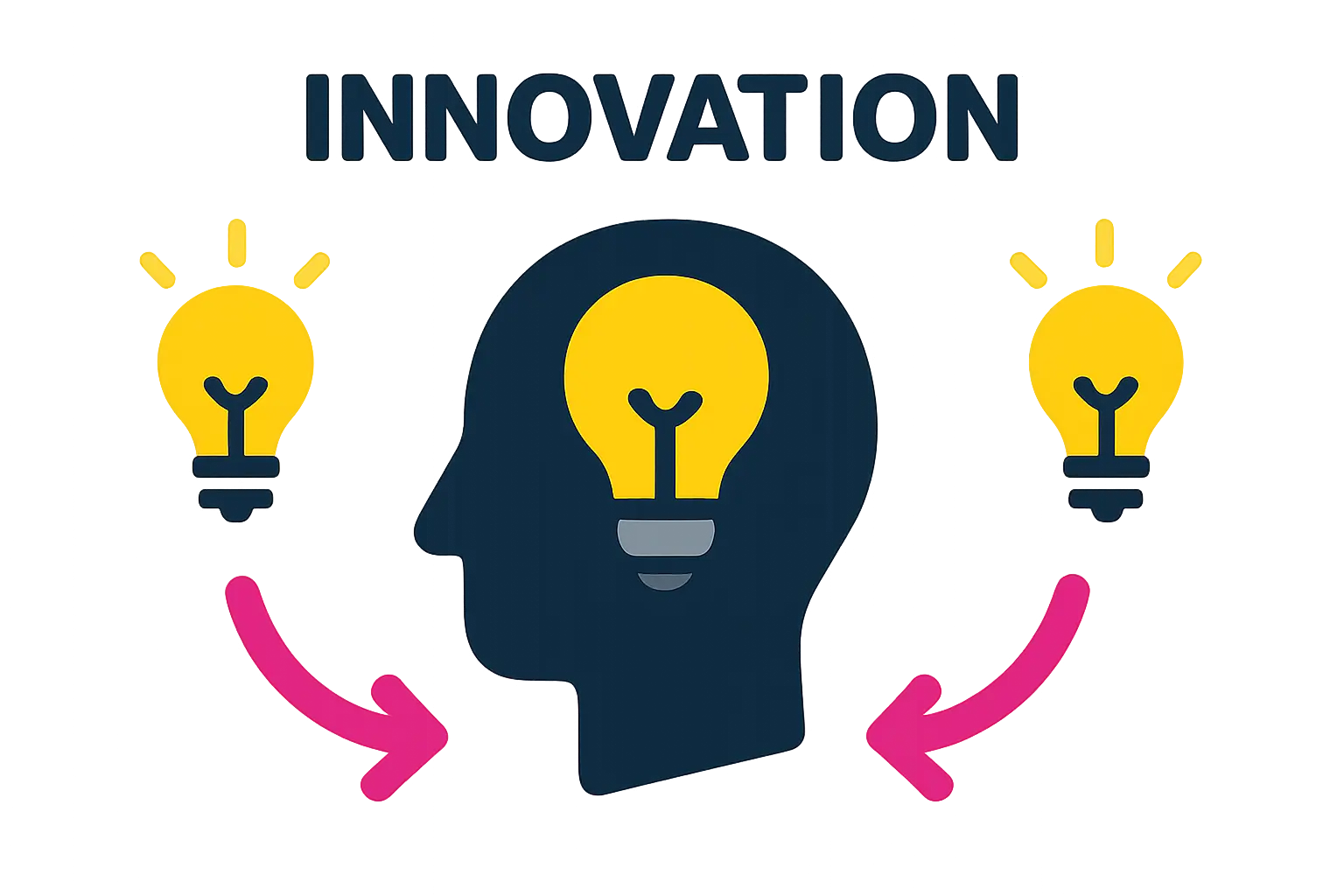
The most viable candidates for local or regional sourcing include:
- Aluminum Frames: The extruded aluminum profiles (typically alloy 6063-T5/T6) that frame the module are relatively simple, high-volume components. Major industrial economies in the region, such as South Africa, have established aluminum extruders like Wispeco and Hulamin that can supply these profiles. Sourcing frames regionally drastically reduces shipping volume and cost compared to importing them from Asia.
- Junction Boxes: While the core electronic components inside a junction box (bypass diodes, MC4 connectors) are typically imported, the plastic housing and cables can be sourced and assembled locally. Companies like KC Industries in South Africa specialize in this type of assembly, providing a regionally sourced final product.
- Solar Glass: This category is more complex. Solar glass must be low-iron, tempered, and often features an anti-reflective coating—specifications that differ from standard architectural glass. While potential suppliers like PG Glass in South Africa exist, ensuring their product meets the precise technical and durability standards for photovoltaic applications requires rigorous quality verification.
The key distinction is between high-tech, low-volume components like cells and simpler, high-volume ones like frames. Focusing local sourcing efforts on the latter category offers the most realistic and immediate benefits.
A Comparative Analysis: Cost, Logistics, and Quality
The optimal choice requires a direct comparison across key business metrics. The decision to import or source locally is a trade-off between distinct advantages and risks.
Cost Implications
Sourcing costs go far beyond the per-unit price. Importing components may appear cheaper on a supplier’s invoice due to the massive economies of scale in Asia, but the total landed cost often tells a different story. Imports incur substantial ocean freight charges, insurance, port handling fees, and potential import duties. Currency volatility between a local currency and the US Dollar or Chinese Yuan introduces another layer of financial risk.
Conversely, sourcing within the SADC region can significantly lower or eliminate these costs. The SADC Trade Protocol allows for tariff-free trade on many goods between member states, and land-based freight is often cheaper and more predictable than ocean shipping. These logistical savings can make a regionally sourced component, such as an aluminum frame, more cost-effective overall, even if its initial unit price is slightly higher. These sourcing decisions directly impact the overall project budget and should be factored into financial planning from day one.
Logistical Timelines
In manufacturing, time is a critical resource. Importing components from Asia typically means lead times of four to eight weeks from port to port, followed by customs clearance. This long pipeline requires holding more inventory and leaves the production line vulnerable to global shipping disruptions.
Sourcing from a neighboring SADC country can reduce lead times to a matter of days or one to two weeks. This allows for a more agile, just-in-time inventory model, reducing warehousing costs and improving operational flexibility. Based on experience from J.v.G. turnkey projects, one client in Southern Africa who localized frame sourcing successfully cut material lead times by three weeks, significantly improving production planning certainty.
Quality and Specifications
Quality control is non-negotiable in solar module manufacturing, as the final product must perform reliably for 25 years or more. Established international suppliers of cells, EVA, and backsheets have a long track record of providing materials for the world’s largest module manufacturers, making their quality a known quantity.
When sourcing regionally, the burden of quality verification falls on the assembler. This requires thorough due diligence, including requesting material certifications, auditing the supplier’s factory, and testing sample components in a pilot production run. For instance, before committing to a regional glass supplier, an assembler must confirm its iron content, temper strength, and the performance of its anti-reflective coating.
The Hybrid Sourcing Model: A Pragmatic Strategy
These factors point to a hybrid sourcing model as the most effective and resilient strategy for a new solar assembly plant in the SADC region. This approach balances the necessity of global imports with the logistical and cost advantages of regional procurement.
The model is straightforward:
- Import High-Tech, Low-Bulk Components: Source solar cells, encapsulant, and backsheets from reputable international Tier-1 suppliers.
- Source High-Bulk, Low-Tech Components Regionally: Procure aluminum frames, junction boxes, and packaging materials from qualified suppliers within the SADC region.
This strategy builds a more robust and cost-effective supply chain. For example, the same J.v.G. project that reduced lead times also cut its required shipping container volume by over 20% by not importing bulky aluminum frames from China. Furthermore, demonstrating a commitment to regional sourcing can be a significant advantage when bidding on government tenders that include ‘local content’ requirements.
Navigating the Full Manufacturing Process
A well-defined sourcing strategy is foundational, but it’s most effective when it connects to a complete understanding of the factory’s operations. Knowing each step in the solar module manufacturing process helps identify precisely where and how local components can be integrated without compromising quality or efficiency. The choice of materials directly influences the parameters and calibration of the machinery needed for assembly, so a holistic plan is essential.
Frequently Asked Questions (FAQ)
Is it possible to manufacture solar cells within the SADC region?
Currently, there is no commercial-scale production of silicon solar cells in the SADC region. Cell manufacturing is a highly complex and capital-intensive process, distinct from module assembly, requiring billions of dollars in investment and specialized technical expertise.
What are ‘local content requirements’ and how do they affect a business?
These are government policies designed to promote domestic industry. They may mandate that a certain percentage of a product’s value be derived from local materials or labor. Meeting these requirements can provide preferential access to public infrastructure projects, government tenders, or tax incentives.
How can the quality of a regional supplier be verified?
Verifying a regional supplier is a multi-step process: request material specification sheets and quality certifications (e.g., ISO 9001), conduct an on-site audit of the supplier’s production facilities, and, most importantly, test sample materials in a small production run to ensure they meet performance and durability standards.
Does sourcing from SADC countries outside my own still offer benefits?
Yes. The SADC Trade Protocol is designed to reduce or eliminate import/export tariffs between member states. While not as fast as domestic sourcing, logistics from a neighboring country are still significantly simpler, faster, and often cheaper than importing from another continent.
Strategic Sourcing as a Competitive Advantage
The decision of where to source raw materials for a solar assembly plant is not merely a logistical exercise; it is a core strategic choice that shapes the business’s cost structure, operational agility, and market positioning. A hybrid model that leverages the strengths of both global and regional supply chains offers the most practical and advantageous path forward for entrepreneurs in the SADC region. It balances the need for high-quality components from established international markets with the cost, speed, and economic benefits of regional procurement. By carefully designing this strategy, a new venture can establish a resilient and competitive manufacturing operation.
